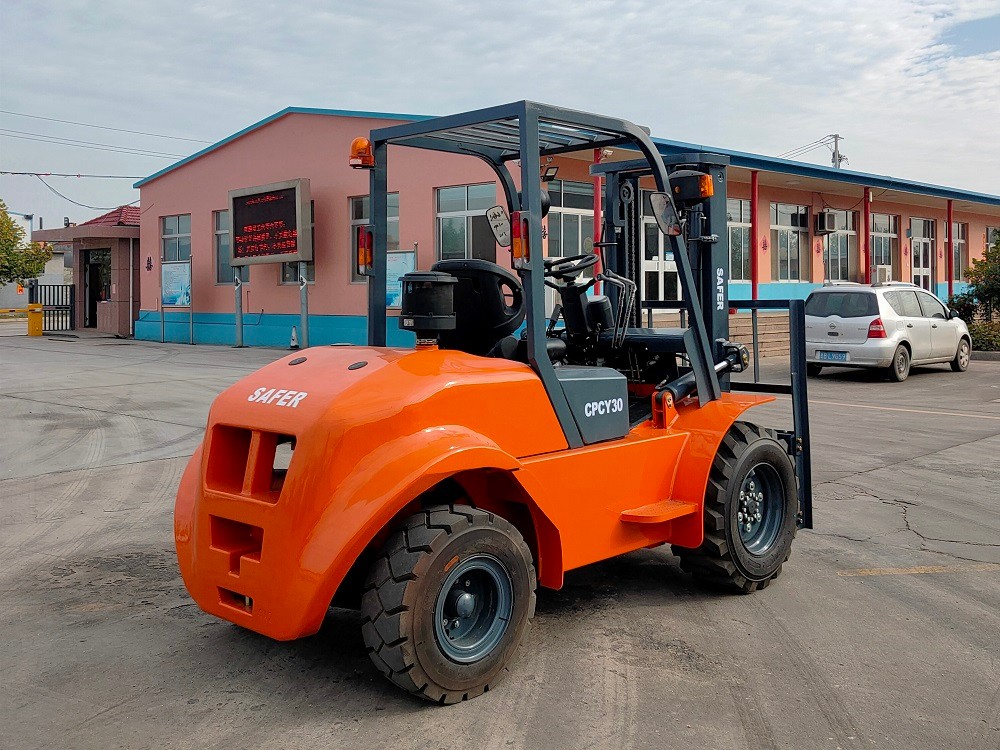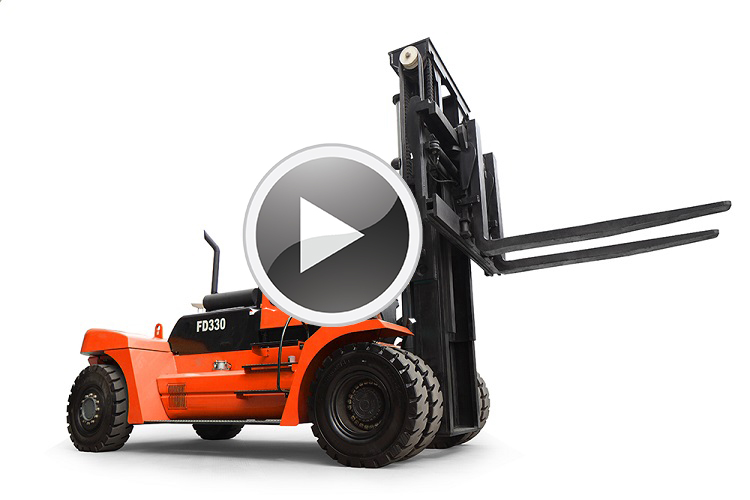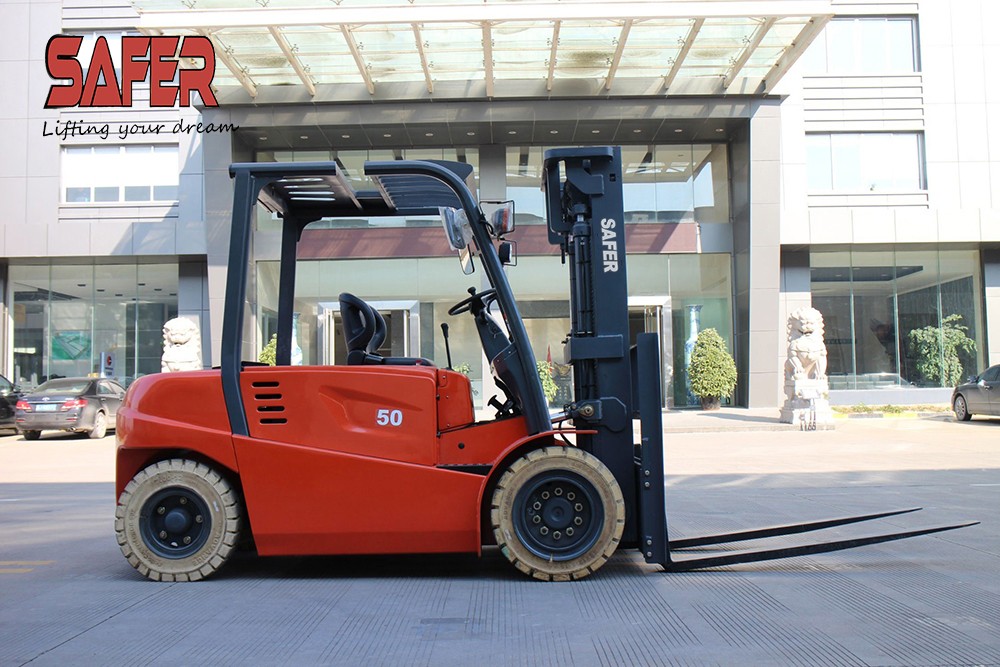What is the explanation of logistics terms such as value chain?
Time: 2004-06-04 Source: Nature: original author: "China Forklift" pick [Suggest to a friend
Logistics equipment manufacturing industry
The industry is an important industry that uses high and new technology to transform traditional industries and improve the modernization level of the entire logistics system. It can be roughly divided into container equipment, freight cars, railway wagons, cargo ships, cargo aircraft, warehouse equipment, loading and unloading equipment, conveying equipment, and points. Inspection and tally equipment, logistics tools production and other industries. At present, China's comprehensive and systematic development capabilities for various logistics equipment are not balanced. The container production capacity and international market share have ranked first in the world, while the technical content and added value of other industries are relatively low, there is no scale advantage, and many logistics equipment must rely on imports. It is suggested that the logistics equipment manufacturing industry should be regarded as a key industry for priority development during the 10th Five-Year Plan period, and efforts should be made to transform and upgrade to create new productivity factors for the logistics industry.
What is the value chain?
ABCTechnolo-gies and TheValueChainAuthority have jointly defined what the value chain is: the value chain is a high-level logistics model, starting with raw materials as input assets, until the raw materials are passed through. The different processes are sold to the customer, and all value-added activities made can be included in the value chain.
Yang Dongming, a senior lecturer in the Department of Business Administration at the Hong Kong Institute of Vocational Education in Tsing Yi, said that some people narrowly believe that logistics is equal to the supply chain. However, he believes that the value chain is another way to integrate the value chain into logistics. He pointed out that the supply chain focuses on the flow of "goods" in logistics operations. In addition to watching the flow of "goods", the value chain focuses more on the flow of "funds" in logistics operations. Therefore, in terms of new thinking, the value chain and supply chain are two major components of logistics operations.
Suspected definition of logistics
The definition of a concept is nothing more than the two aspects of connotation and extension. People who are knowledgeable can catch a knife from the connotation, and consider people with meticulous questions, but they can also be included in the extension.
The most famous definition in logic is to put forward the expression of "material" connotation, which has always been recognized by the philosophical world as the most scientific definition. Lenin’s diploma from the first to the last is a legal profession, and the conceptual issue has been unambiguous.
It may be easier to define a concept from an extension, but there are no classic cases at present, and an incomplete summary seems to always be overthrown by latecomers.
Accurate definition of something requires a lot of skill, including keen insight, scientific analytical ability and the ability to grasp logical relationships, and the ability to express words. The person who defines a thing is generally an expert and authority in the industry, which seems to have become a stereotype.
However, in the logistics industry, there are many explanations for the definition of logistics. The United States, Japan, and Germany all have their own definitions. Even in different countries, there are different definitions in different periods, and there are more in China. There are many reasons for the domestic logistics concept.
First of all, there is no absolute industry leader in logistics. Everyone is in charge of logistics. Of course, they have the right to sort out the things they have under their jurisdiction, and to use a high-rise building to exclude him. The next conclusive definition of logistics is quite a taste for his children.
Secondly, a careful observation of these logistics concepts will reveal that there are achievements in both connotation and extension. Although the logistics itself does not change color, everyone observes the logistics from different angles, and the images drawn are naturally different, just as the ancients said, "Looking at the side of the mountain into a peak."
From the actual situation, there is still no one "bull" logistics definition recognized and accepted by the industry. We call it the suspected stage of logistics definition for the time being. This can only show that everyone's efforts are still flawed and can continue. practice.
Another phenomenon is quite strange. When logistics has just been introduced into China, when the logistics industry is still cool, the logistics definition is relatively simple. On the contrary, when the Chinese logistics industry heats up again and again, the dispute over the definition of logistics follows. Stacked up. This phenomenon has a certain universality in China: what is hot, there are many people who play the concept of concept speculation.
However, simply using the idiom "blind people to touch the image" to deny the enthusiasm of everyone, there is a crime of combating enthusiasm. After all, to solve major problems such as logistics jurisdiction, there are still some people who must first retreat and make breakthroughs in concept.
The definition of logistics is definitely not a bad thing, we are more looking forward to the diagnosis of logistics definition. We are more looking forward to the diagnosis of the definition of logistics.
What exactly is GPS?
Many people in the transportation and logistics industry are talking about GPS. Many private car owners choose GPS systems when they buy new cars. So what exactly is GPS?
According to the personnel of Shanghai Sentek Corporation, which specializes in GPS product development, GPS is the abbreviation of GlobalPositioningSystem, which is the global satellite positioning system. In addition to the United States, there are also Russia, the European Union Global Positioning System, and our usual GPS refers to the US Global Positioning System. By accepting the navigation signals transmitted by any three or more of the 24 satellites launched by the United States, it can accurately measure the instantaneous position of the object at any place and at any time, specifically the latitude, longitude, altitude, speed, etc. of the object. information. GPS was originally used only in the military field. At present, GPS has been widely used in the transportation industry. It uses GPS positioning technology combined with wireless communication technology (GSM or CDMA), geographic information management system (GIS) and other high-tech to achieve vehicle monitoring, through the digital channel of the GSM network. The signal is sent to the vehicle monitoring center. The monitoring center converts the position information through the differential technology, and then displays the position signal in the map language through the GIS. Finally, the positioning and navigation of the vehicle, the anti-theft, the service rescue, the remote monitoring, and the like can be realized through the service center. Track recording and other functions.
Foreign GPS has been widely used in public transportation, subway, private car and other aspects. At present, the application of domestic GPS is still in its infancy, but the development momentum is rapid, and the transportation industry has fully realized its advantages in traffic information management.
What are the main functions of GPS?
Anti-theft function: When the owner leaves the vehicle and the vehicle is in a safe fortification state, if someone illegally opens the door or starts the vehicle, the vehicle will automatically alarm. At this time, the owner's mobile phone and vehicle monitoring center will also receive an alarm call, and the owner will not pay for the brain. The duty officer of the monitoring center will immediately contact 110 alarms; and the vehicle will automatically start the oil cut and power off procedures.
Anti-robbery function: Car owners, especially taxis, drive to the suburbs. If they encounter several hijacking cars, they will no longer be alone. With a powerful GPS system support, the vehicle owner will issue a robbery alarm to the monitoring center as long as the alarm switch is pressed. If the alarm switch is detected and damaged, the damaged system can automatically send out an alarm signal, and the monitoring center immediately activates the automatic tracking system, and immediately returns the position information of the vehicle to 110 to timely rescue the vehicle owner.
Navigation function: It is also the electronic map function, this function is the orthodox function of GPS. As soon as the owner enters the start and end points, the system immediately points the best shortcut between the two places to the owner. It is a pity that this technology is still a concept in China in the short term. It is said that China FAW and other companies have begun to develop independent navigation systems, so car owners have reason to believe that GPS navigation can be used in the near future.
At present, the country mainly uses voice navigation, and the owner can get the location of the vehicle through the monitoring center of the vehicle. At the same time, you can also query the center for the walking route. Compared with foreign electronic maps, this kind of voice navigation is not perfect, but it can reduce the pressure on the owner to watch the map while driving. The owner can easily get guidance by using the speakerphone.
Agency logistics management
The agency logistics operation mode is the logistics operation mode that provides agents for various emerging business activities. It should generally pay attention to the reasonable decision of the logistics operation project and market scope according to the actual situation, and at the same time pay attention to selecting a reasonable agency method and taking into account the interests of the entrusting party.
Logistics center
Logistics Hub (LogisticsHub) refers to the base that is installed in the main and reloading and transit locations to control the sale, concentration and transmission of goods. The logistics hub is combined with the sending center set at the end point to effectively fulfill the transportation and delivery obligations. In the United States, the logistics hub set up in the hinterland of the inland is also responsible for the responsibility of the sending center.
Pallet transport
Pallet transportation: It is a transportation method in which goods are assembled on a standard pallet according to certain requirements and combined into one transportation unit and convenient for loading and unloading consignment and storage by forklift or pallet elevator.
The tray provides:
1. Provided by the carrier, the goods are packed on the pallet at the loading place, and then the goods are loaded with the pallet with the transporter, and when the consignee picks up the goods at the unloading place, the pallet is taken away and the empty pallet is returned within the specified time. .
2. The cargo owner shall prepare a simple pallet and deliver the consignee along with the goods.
Pallet transportation precautions:
1. It is suitable for pallet transportation with packaged goods, bulk and overweight long or refrigerated goods can not be transported by pallet
2. Must meet the requirements for pallet stowage.
3. Each pallet must be bundled securely.
4. International shipping is free of shipping on the pallet itself.
5. The word "pallet transport" must be indicated on all transport documents.
What is instant inventory?
Instant inventory is when stocks change, and should be aggregated into inventory whenever and wherever. The inventory file includes the store, the item number, the sales category, the number in transit, and the actual quantity.
There are two types of inventory changes:
1. Transaction in transit: means that the documents such as purchase, transfer, sales and return orders have not been sent and received after the opening, and the goods are not ready for loading and delivery. At this time, only the quantity of scheduled invoicing or transfer is counted in the inventory file. .
2. Actual transaction: The document is completed after execution. At this time, the amount of transmission and reception is counted in the actual quantity of the inventory file, and the in-transit quantity of the original inventory of the inventory file is deducted.
Electronic supply chain
Meaning: The electronic supply chain can coordinate the key data of different enterprises, such as ordering, forecasting, inventory status, out-of-stock status, production plan, transportation arrangement, in-transit materials, sales analysis, fund settlement and other data; it is convenient for managers to quickly and accurately Get a variety of information. And make full use of electronic data exchange (EDI), INTERNET and other technical means to achieve information integration on the supply chain, to achieve electronic receipt and transmission of shared purchase orders, multi-position inventory automation processing and control, batch and serial number tracking, cycle inventory, etc. Important information.
Function: Improve the accuracy and response speed of the company's response to market demand information, coordinate and reduce the overall cost of the supply chain, and make the node enterprises in the supply chain profit together.
Reverse logistics
The definition under reverse logistics is:
Reverse logistics is the process of planning, implementing and controlling the flow and storage of raw materials, work in progress, finished goods and related information from the point of consumption to the point of production at an efficient and appropriate cost for resource recovery or proper disposal of waste. .
Straight logistics activity
Linear Logistics Activities Logistics activities are as linear and functional as business management organizations and manufacturing marketing activities. The main contents of the linear logistics activities are: order acceptance, communication, inventory management, warehousing and storage, transmission, transportation, and vehicle utilization. The logistics manager shall be responsible for all kinds of logistics activities carried out to complete the customer service, that is, after accepting the customer's order, handling and processing the various procedures that must be completed, the finished product storage, inventory management and sending operations shall be completed in order to ensure The smooth circulation of the finished product finally completes the task of sending the finished product to the customer. As a logistics manager, you must be responsible for the total cost of logistics.
Pre:Characteristics problems and progress of logistics standardization
Next:The past and present of the logistics pallet





